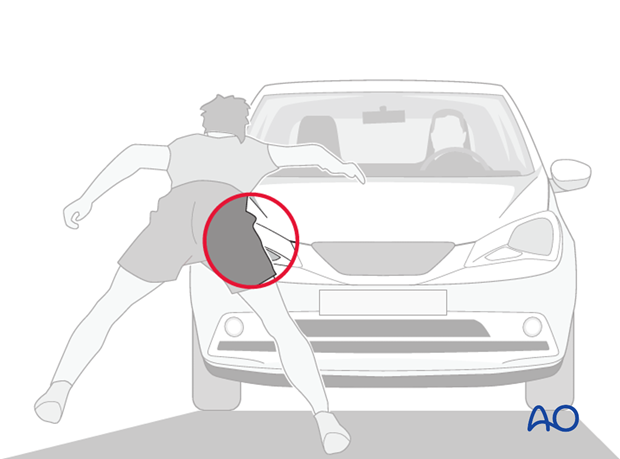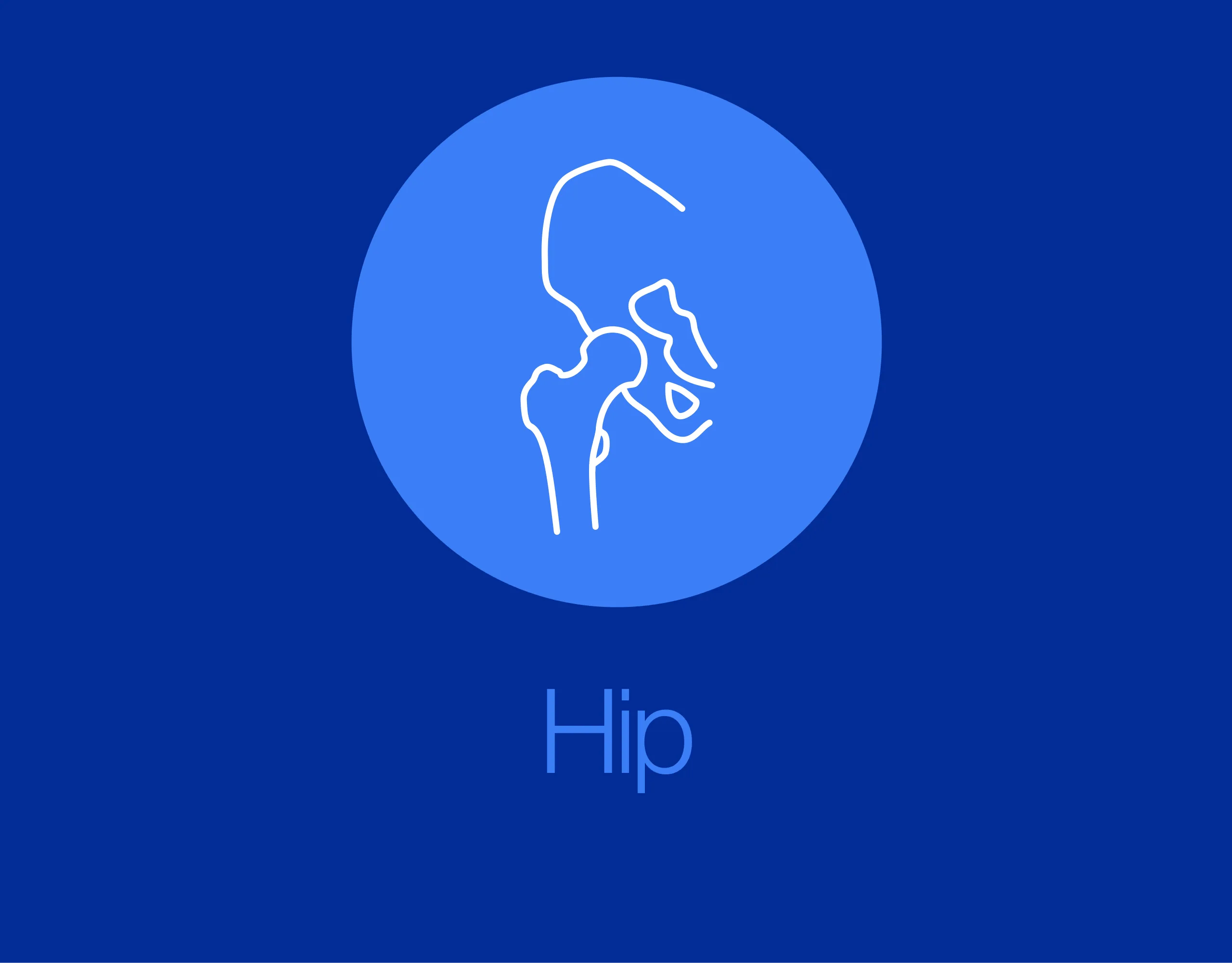ATLS in acetabular fractures
1. ATLS in acetabular fractures
Acetabular fractures may occur in polytraumatized patients but also occur in isolation frequently in contrast to pelvic fractures. A full assessment of the patient should be made in accordance with the ATLS principles. Immediate appropriate emergency evaluation treatment according to ATLS may be essential to save life.
Occasionally the superior gluteal vessel can be lacerated causing life-threatening hemorrhage and the surgeon must be alert to this possibility.
If present the most likely neurological deficit will be a sciatic nerve palsy and this must be specifically assessed in all patients.
The Advanced Trauma Life Support Program (ATLS) was developed and promulgated world-wide by the American College of Surgeons Committee on Trauma, beginning in 1980. It is based on identifying and treating threats to life in order of urgency, and recognizes that neither a detailed history nor a definitive diagnosis are required before life-saving treatment. ATLS teaches that each injured patient should receive the same orderly sequence of evaluations and interventions, according to the mnemonic A-B-C-D-E:
A = Airway, with cervical spine protection
B = Breathing
C = Circulation & bleeding control
D = Disability (Neurologic) status
E = Exposure (undressing) and Environment
These are the elements of the ATLS Primary Survey. They need periodic reassessment, in the same order, and should immediately be rechecked if an injured patient’s condition deteriorates.
Once the primary survey is completed, resuscitation is underway, and the patient’s vital signs are returning towards normal, a systematic, head-to-toe secondary survey can begin. With a large enough team, this might be started by other personnel before the primary survey is completed. In either case, the secondary survey should not delay or interfere with the primary.
(This approach is briefly summarized here as a reminder, and not as a substitute for attendance at a formal ATLS course, which is strongly recommended for all who care for injured patients.)














